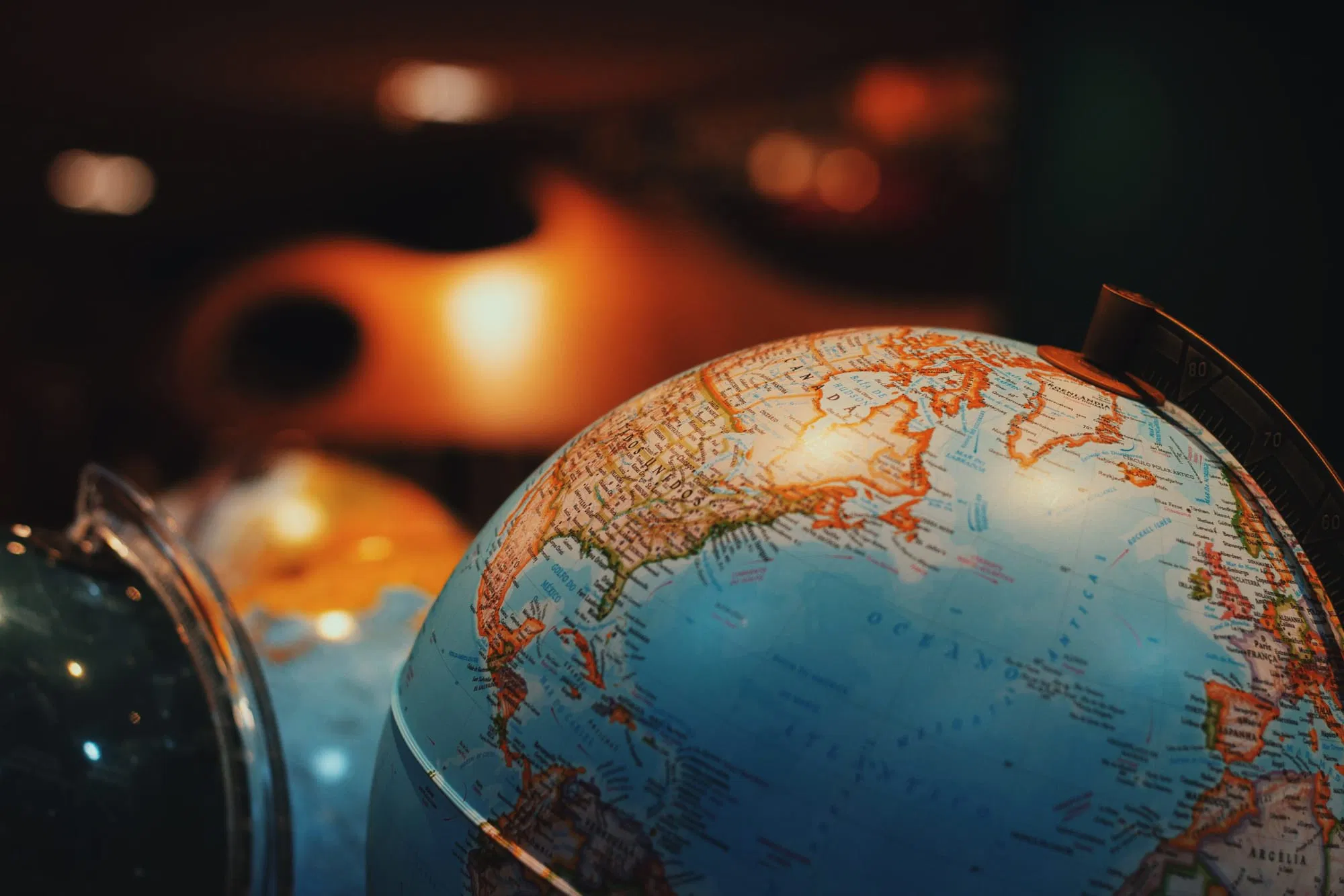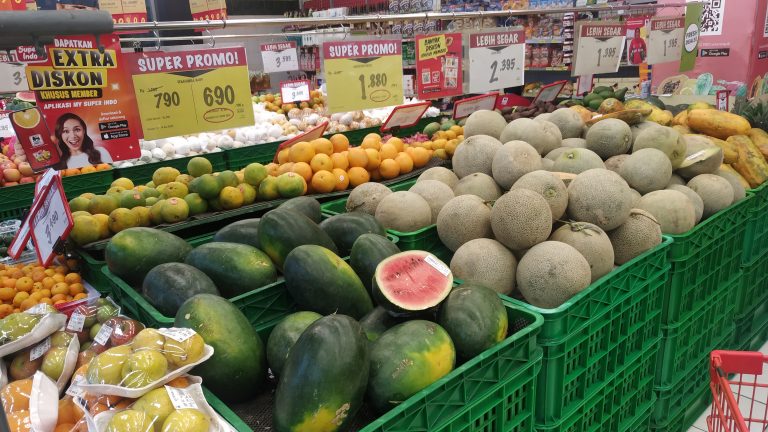Global Business Operations and shifts in production and consumption

Article by Steven Lawson Independent staff consultant Published 02/05/2023.
An Important concept of globalisation is it transforms geographic regions markets and industries around the globe. The transformations in the where’s and the how’s of material production distribution and consumption are continuously being disrupted. At the same time new geographies of production, distribution and consumption are continuously being created. There has also been a huge transformation in the nature and the degree of interconnectedness in the world economy and, in the speed in which such connectivity occurs, which involves both the stretching and an intensification of economic relationships. For example, transformations in technology have improved the way people communicate and the way products are transported.
The transformations of regions mean there is an increased connectedness around the globe. Nowadays a phone’s instant messaging a fax message, or a video conference call can easily be used to connect people throughout the world.
Global shifts in production
Global shifts in production can be caused by economic decline such as the 2008/9 financial crisis. In a recession when demand for a business’s product falls the business will often relocate its operations to other regions of the world because there will be better growth potential when a recovery begins. Shifts in production are caused by businesses that need to source resources for their operations such as new knowledge or talent. The regions that these businesses move to experience faster growth rates than other regions because their governments have relaxed laws or reduced trade barriers to attract FDI.
Government policies are factor’s that can cause a global shift in the production and consumption of goods and services. They can also affect the supply curve of businesses the production cost of goods for example, may increase or decrease because of the policies governments introduce.
Geographical shifts are a consequence of globalisation, and of changes in supply and demand within regions of the world. Changes in a business’s supply and demand curve of production will affect the output of goods produced by that business and thus will affect consumption in the industry. The discovery of new technology also influences business’s production and the consumption of a product in an industry because it will enable a business to obtain its inputs at a lower cost.
Government policies can also cause a shift in the global production and consumption of goods and services and can also affect the supply curve of businesses. All these factors can increase the likeliness of foreign direct investment by MNE’s into newly industrialised countries. Global shifts in production and consumption are sometimes caused by the removal of trade barriers such as import taxes and non-tariffs such as safety regulations. Major geographical shifts have been analysed and a reason for these shifts in production is evident because of globalization.
South Korea The rise of the Asian tigers
Shifts occur in production and consumption in different geographic regions of the world because businesses locate their operations in regions that offer them the best advantage. The globalization of the production process refers to the sourcing of goods and services from locations around the world. South Korea’s success for example, can be attributed to 3 phases. In the first phase, the governments strictly controlled imports and gave production subsidiaries to many sectors so that domestic consumers would buy domestically produced goods rather than imported ones (Paladini,2019).
In the second phase, the country went through a growth period and experienced increases in production and consumption. The increases are a circumstance of tax reductions on goods to create exports, import financing, tax rebates, reserve funds and even foreign currency loans. In the third phase, South Korea stabilised itself and goes through a more experienced economic outlook. South Korea started a model of export-led growth that achieve rapid economic development. The country opted for producing labour-intensive products enjoying competitive price advantages over other countries in the region. South Korea has become a major producer of telecommunication and computer parts and can attract FDI because it has an advantage in low-cost skilled labour.
Trade theories help us to understand why countries trade David Ricardo’s theory of comparative advantage argued countries trade because they can gain from global efficiencies if the country produces what it can produce most efficiently (Daniels, Radebaugh, & Sullivan., 2019). Ricardo’s argument points towards the fact that countries trade because it makes them better off. A country is better off than another because it can produce the good or service at a lower cost and therefore is said to have a competitive advantage. From Ricard’s theory of comparative advantage, we can make the point that a country is efficient because of what Swedish Economist Eli Heckscher and Bertil Ohlin identified as the role of labour and capital.
These so-called factors endowments are the determinant of a countries advantage. Eli and Bertli argued those countries rich in capital such as factories and machinery tended to export capital intensive products while those countries rich in labour tended to export more labour-intensive products, for instance, nursing, textile, and agriculture. The major geographical shifts in production and consumption are caused by changes in the supply and demand for goods and services in different countries of the world. These factors can be attributed to the globalization of the production process which refers to the sourcing of goods and services from locations around the world. Thomas Friedman argument for highly concentrated industries with no barriers this means you can go from one sector to another. Switzerland, Singapore, and Hong Kong are examples of countries with no tariffs and have highly concentrated industries to trade (World Bank, 2016 data).
